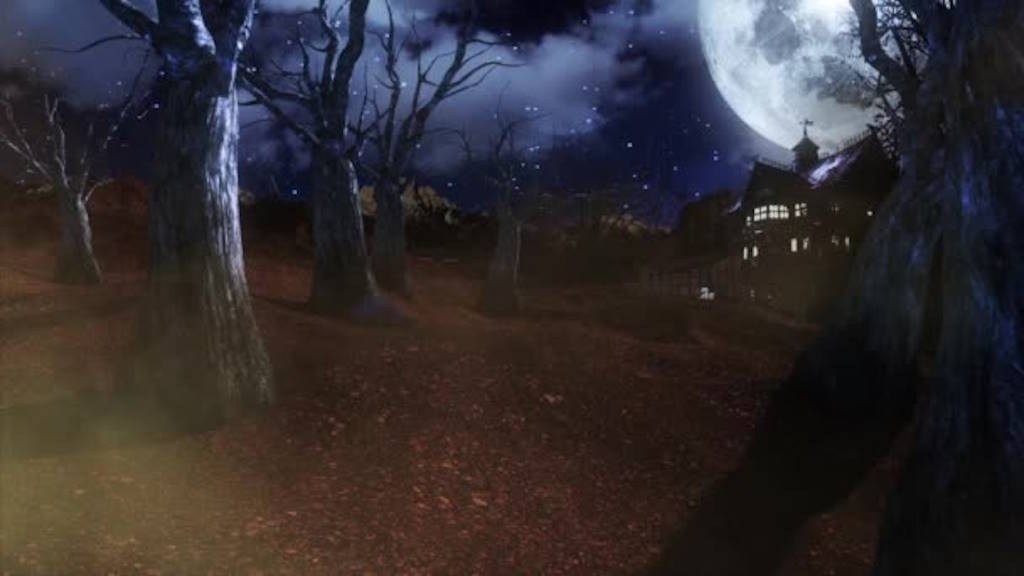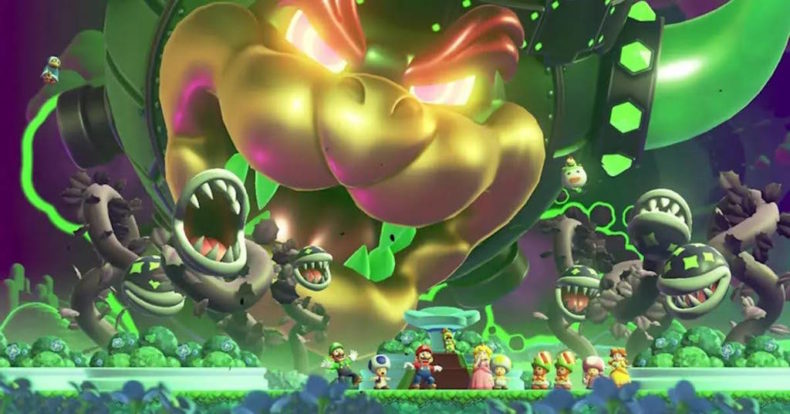The video game market reached a fantastic $184.0 billion profit in 2023, making it the most profitable industry, with even higher growth to expect by 2030. Video gaming has become a part of life for more than 3.0 billion active players, who explore new worlds with every new game coming up.
Some players enjoy only the gaming experiences, while there are also quite a few players, whose gaming mastery and imagination go further to creating new games.
After all, who knows the gaming world better than gamers themself? If you are a seasoned video-gamer, with quite a few ideas for a new product, this guide is for you, as it is time to astonish the world with your creativity.
Stages of Game Development
Game development is a laborious process. The market is filled with top-notch games, created and tested by professional teams, However, there are quite a few examples, of when a single developer starts a new game from scratch, reaching a huge audience globally –Touhou Project series, Cave Story, Braid, Super Meat Boy, Minecraft, Fez, Shovel Knight, Undertale, Hollow Knight, and Cuphead. Though they were considered the underdogs, their fame proves that individual development can also join the race for the audience.
1. Idea
The whole journey starts with a simple idea. Why do you want to develop a game? What will make it different from other games?
The gaming market is pretty saturated with choices, so standing out from the crowd requires mind-blowing and catchy ideas. Apart from the idea, consider the target audience for your game, as all the elements of a future game and its marketing will revolve around the needs and preferences of its potential players.
2. Visual and Audio design
Game design goes next, as it helps to create the right mood for the game project, and make the whole experience as immersive as possible. The overall game art allows it to be distinguishable from others; every detail matters – from the backgrounds to the main heroes.
If you struggle with ideas, digital tools can help you. You can choose photos for creating relevant backgrounds from a popular photo-sharing resource, like Depositphotos – be it super positive, neutral or dark settings, there is no shortage of ideas there. The heroes may be developed with the help of AI tools, like GhatGPT and its derivatives ( DALL-E 3).

The design is always enhanced with the right choice of music, for smooth transitions between the actions. Yet, make sure you use the pieces that will bring no copyright issues.
3. Storytelling
The story, its characters, and its experiences glue players to screens. A compelling narrative creates a powerful emotional connection with every player, evoking their feelings, and thus, creating emotional attachment.
It is important to include numerous branches of the story, as it stirs more interest among the players who want to check the consequences of every other choice they make.
Another vital characteristic – the ‘wordtelling’, as the words and phrases you use directly influence the perception of the game. Choose collocations and game slang related to a specific genre, as it makes the game closer to its target audience.
4. Game design document (GDD)
After you have collected all the bits and pieces of data related to the game, gather them together in a game design document (GDD) as it will make the forthcoming development more organized and specific. The GDD should outline the game mechanics (rules and ludemes), genre, design, sound, and story. It is also important to point out the target audience and marketing strategies.
5. Development
The game development is typically created with C++, yet, it requires proficient developers. Individual games can be written with simpler languages like JavaScript and Python.
Python is a user-friendly language, thus, it is a perfect choice for those who are new to programming.
Java is a step ahead of Python, with its rich choice of open-source materials. It can be used to create games of a higher complexity.
6. Testing
Before the game is deployed, it should be tested properly, to avoid bugs and errors when it has real players. It is crucial to check all the functions and workability of every branch of the story, as there is nothing more deteriorating to the game’s reputation than the frustrated and disappointed player.
7. Marketing
Marketing is the key to visibility. The gaming world is quite specific, hence, forcing the ads of your game to the websites of common usage will be pretty useless. Instead, advertise the game in your local groups and communities, and share it with your gaming teams. If your idea is worth the attention, the players will spread the game around the world without any specific advertisement.
The Bottom Line
The gaming industry isn’t only about money-making, it’s about life. Video games make a big part of our lives, letting us live different experiences in the imaginary world.
If you are the player whose brain and imagination bustle with new ideas for games, don’t put them on the back burner and make them true to life. Who knows, maybe your game will become the next breakthrough in the gaming world.






